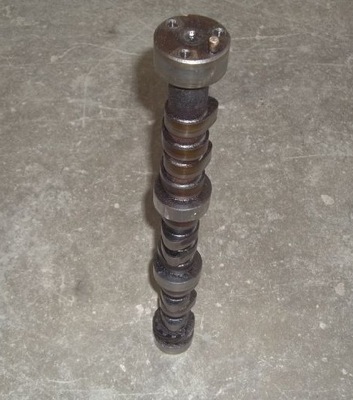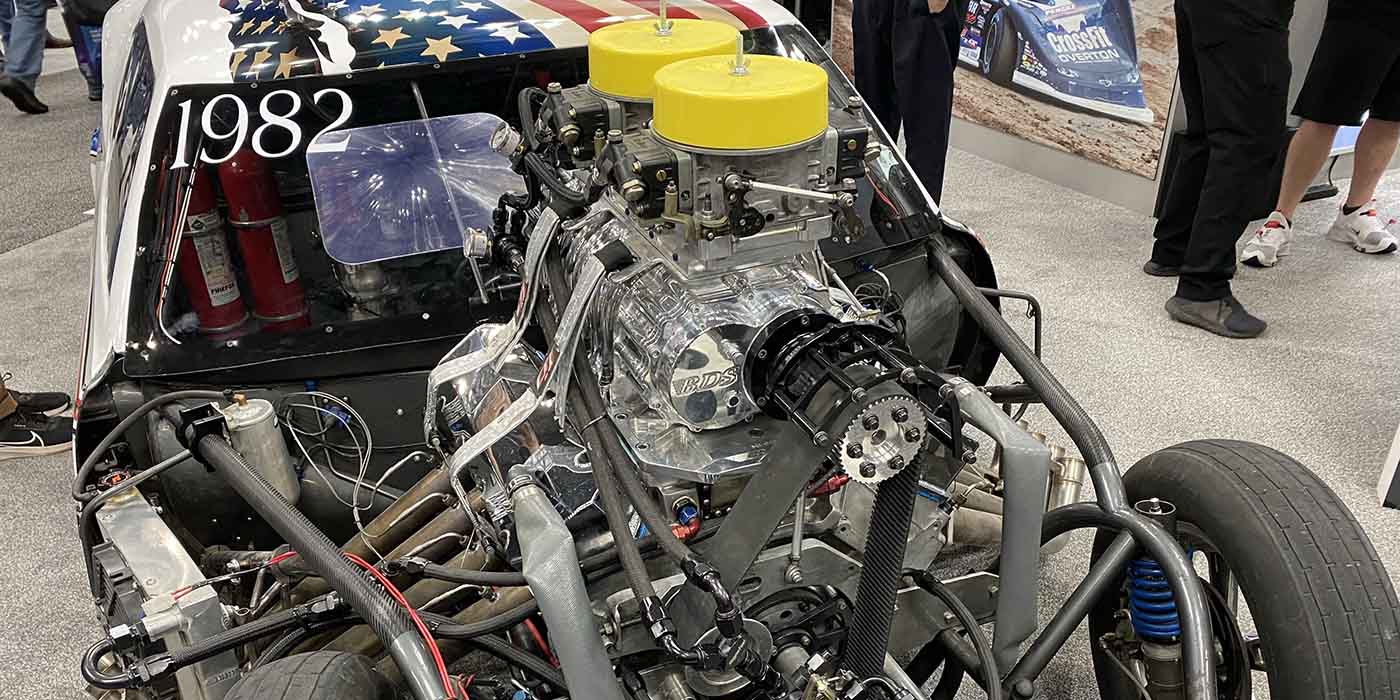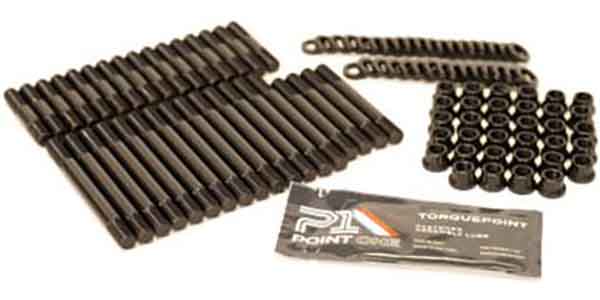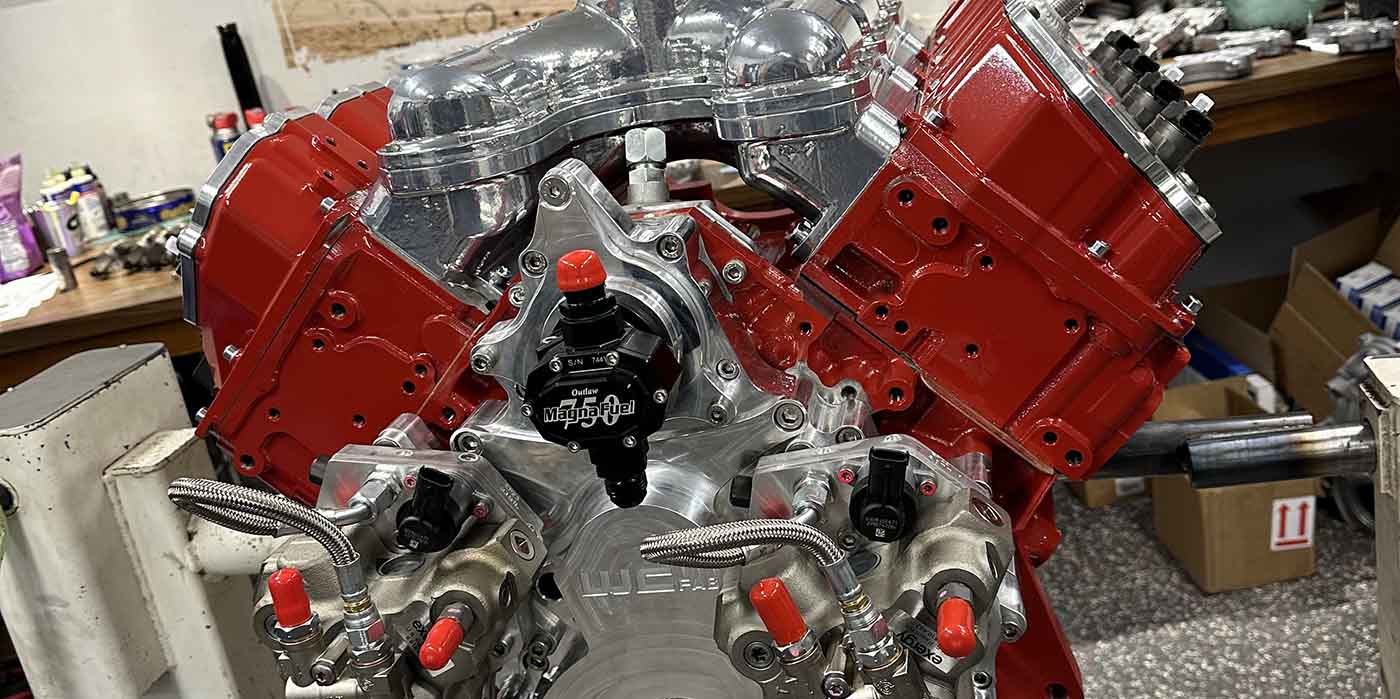Some of the later roller cam 3.1L blocks for the ’93-’94 Chevy VIN M are showing up with oversize cam bearing bores that appear to have been caused by spun cam bearings.
If a new cam bearing is installed in a bore that has been damaged, it will spin in the block, cut off the oil to the cam, and cause an immediate failure.

Inspect the cam bores in all of the late 3.1L castings (10137093/ 10191737/ 24504089/ 24504150/ 10224227) very carefully, paying special attention to the #2 bore that seems to be the most prone to failure.
If the cam bore is oversize, there are only two choices:
1) You can either knurl the O.D. of the cam bearing to get enough press fit, or 2) you can junk the block.
For more information about GM’s V6 engine family, read Doug Anderson’s article from the March issue of Engine Builder here.














